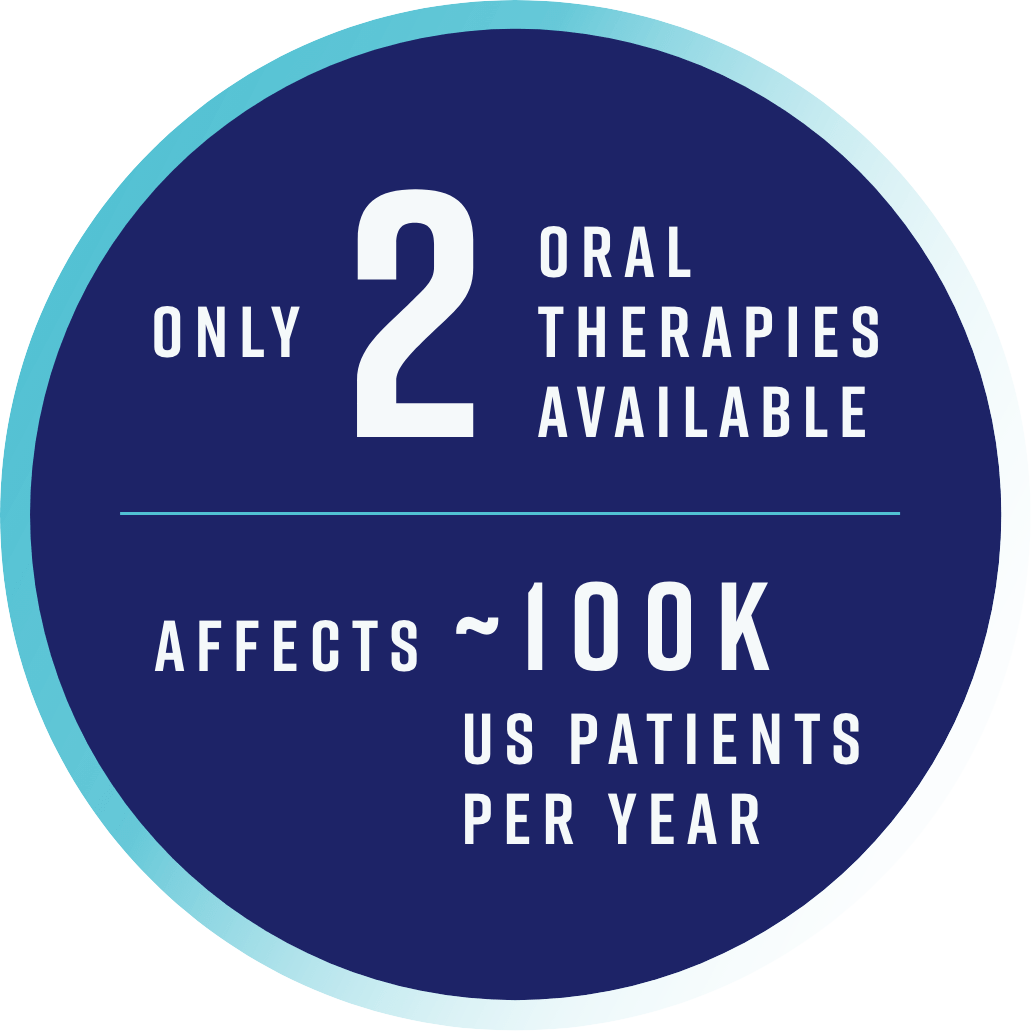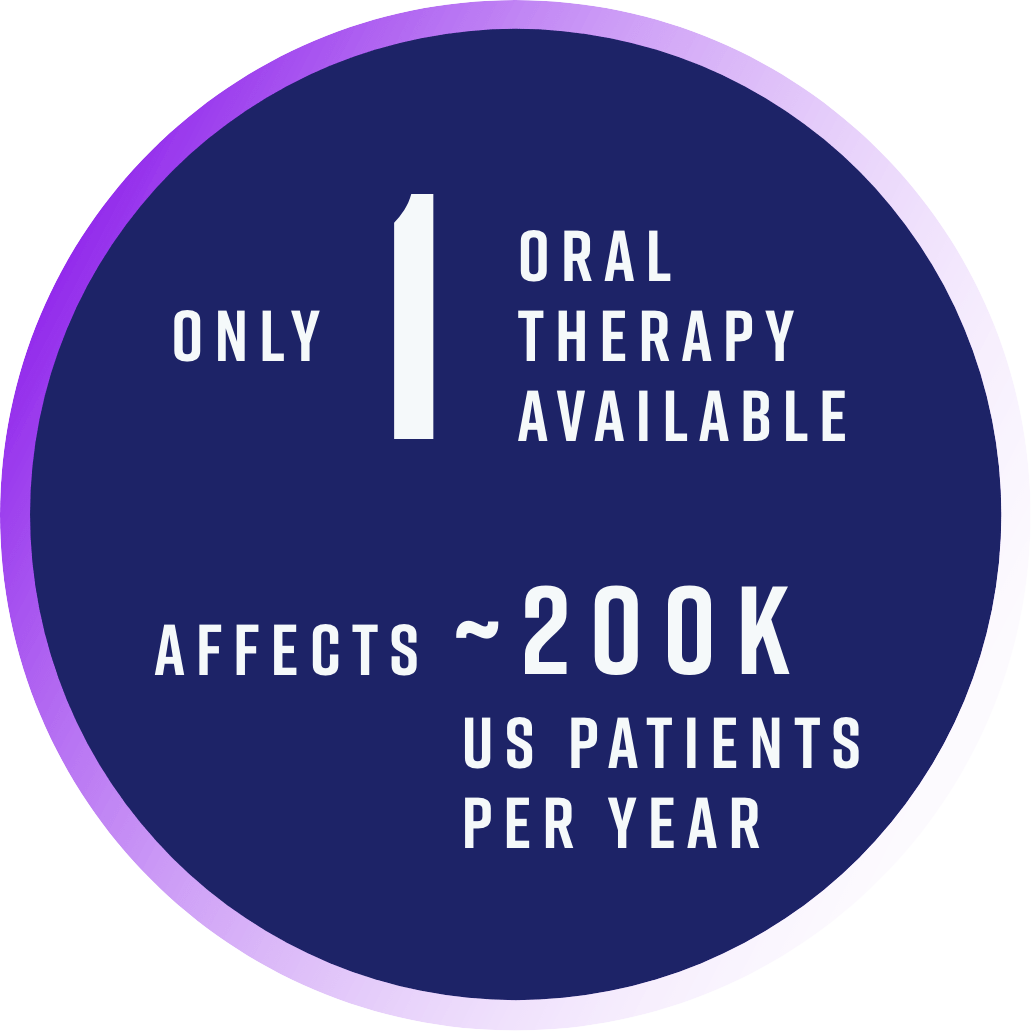There are more than 200 types of interstitial lung diseases (ILDs), which are a large group of respiratory disorders characterized by inflammation, fibrosis, or both, in the lungs. Many patients with ILD manifest pulmonary fibrosis (PF), which is characterized by scarring of the lungs, which can lead to a decline in lung function, progressive shortness of breath, reduced exercise capacity and quality of life, and increased mortality risk.
Significant unmet needs persist for patients with pulmonary fibrosis. Currently, there are only two approved treatments that slow, but do not halt, disease progression. These medicines have tolerability issues that often lead to discontinuations.



